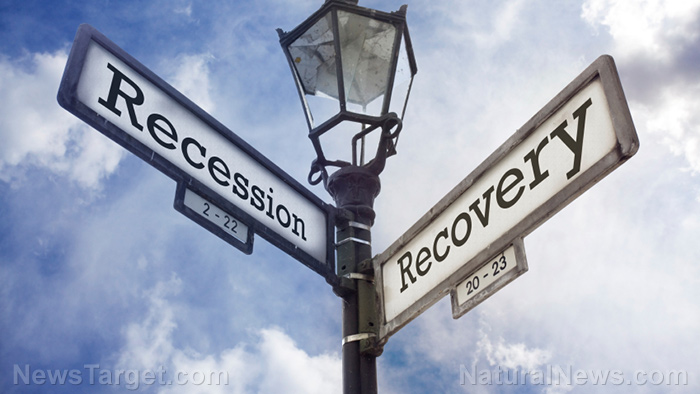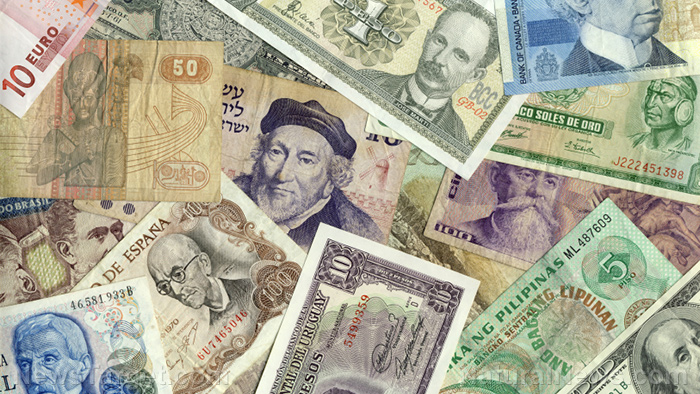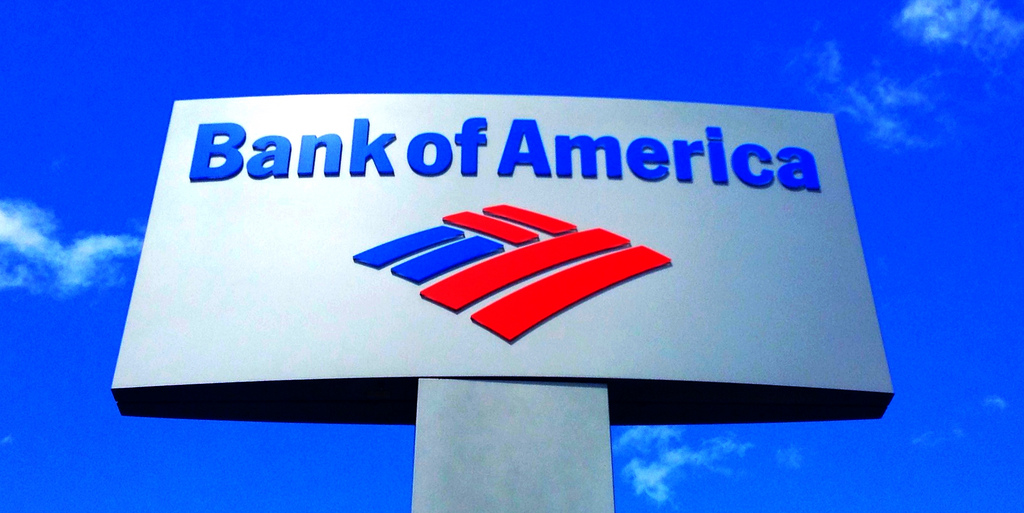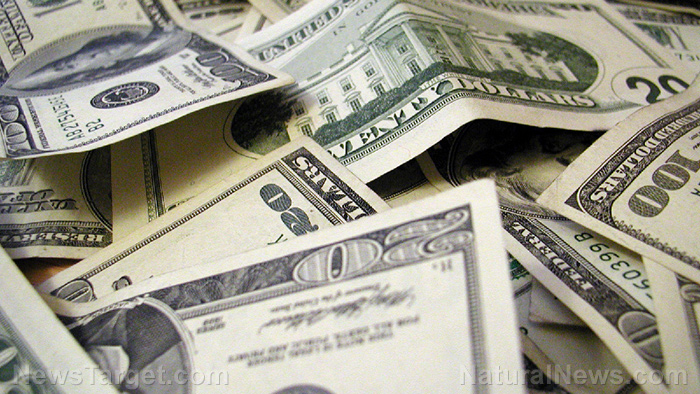Hurricane Ian puts further stress on already strained supply chain that Biden regime has failed to address
10/04/2022 / By JD Heyes
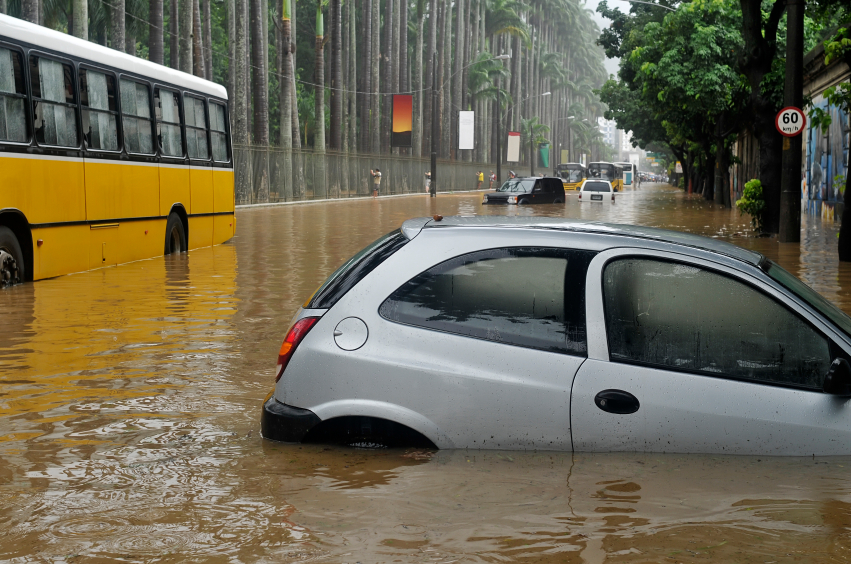
The supply chain crisis the United States has faced now for all of Joe Biden’s term is about to get worse thanks to the devastating impact of Hurricane Ian.
The storm was two miles per hour short of a Category 5 monster when it made landfall in Florida last week, destroying much of Sanibel Island and the city of Fort Myers before scooting across the peninsula and then up the Atlantic coastline.
According to FreightWaves, some 20 percent of gasoline stations in the Tampa area alone have already reported shortages and outages, while more than 2 million people at the peak of the storm fallout reported being without power.
During a press conference late last week, Gov. Ron DeSantis said that the Florida Department of Transportation was already working to reopen closed roads that were damaged by the storm, but it will take weeks for all of them to become functional again, perhaps months.
“Alligator Alley on I-75 across into Collier and Lee County is open and flowing,” DeSantis said. “I-75 south through Charlotte County is open and flowing. Portions of Lee County they are still looking at.”
A 50-foot section of the Sanibel Causeway Bridge, a major bridge that connects Fort Myers to Sanibel Island, was washed out.
DeSantis added that 100 inspectors, working in teams of two, had begun inspecting bridges, and that they would be reopened one at a time once they were found to be safe.
In a previous report, FreightWaves warned that supply chain disruptions would last for weeks or longer:
The risk to manufacturing, agriculture and distribution sectors in Florida is rapidly intensifying as powerful Hurricane Ian takes aim at the state’s southwest coast. But the economic ripple effects are likely to be felt well beyond the storm zone.
Experts are predicting severe disruption to supply chains from flooding, power outages and wind damage that could stall factory and farm production, as well as freight movement through major port, airport, highway and rail nodes. The Tampa-to-Orlando corridor is chockablock full of huge retail and e-commerce distribution centers.
Meanwhile, Typhoon Noru is similarly upsetting supply chains in Southeast Asia as it barrels across the South China Sea toward Vietnam.
“The storm could impact up to 2,800 manufacturing firms in aerospace, automotive components, heavy machinery, chemicals and plastics, as well as about 7,000 health care producers in pharmaceuticals, medical devices, diagnostics and other fields, Everstream Analytics, which uses predictive software to help customers like Apple and Schneider Electric manage supply chain risk, said in a weather update Tuesday,” the outlet reported.
Analyst Anthony Yanchuk added: “Even just a couple hours of downtime at a major production site or industrial zone means additional time making repairs, spinning up machinery and restarting work.”
Resilinc CEO Bindya Vakil told the logistics news outlet that more than 4,500 factories, distribution centers and warehouses were in the path of Ian, collectively distributing some 74,000 parts for everything from chemicals to electronics.
Just for companies that Resilinc monitors, some $20 billion in revenue is at risk.
The storm comes as the U.S. continues to suffer from a massive global supply chain breakdown following the COVID pandemic and as the domestic economy begins to slow dramatically, thanks to policies and spending inflicted on the country by Joe Biden and the Democrat-controlled Congress.
“Layoffs and a decrease in demand from several large corporations, including Apple, FedEx, Meta, and Nike, are indicating that a recession may be close. Former U.S. Treasury Secretary Larry Summers warned, ‘This is a moment when there should be increased anxiety,’ similar to one year before the financial crisis in 2008. At the same time, the Bank of America Merrill Lynch GFSI (Global Financial Stress Index) Market Risk indicator has jumped to its highest level since March 2020,” noted an analysis Monday from Forward Observer.
Sources include:
Submit a correction >>
Tagged Under:
Biden regime, cancel Democrats, Collapse, disaster, economic collapse, economic downturn, Hurricane Ian, Inflation, market crash, recession, risk, storm, supply chain
This article may contain statements that reflect the opinion of the author
RECENT NEWS & ARTICLES
COPYRIGHT © 2017 RISK NEWS







